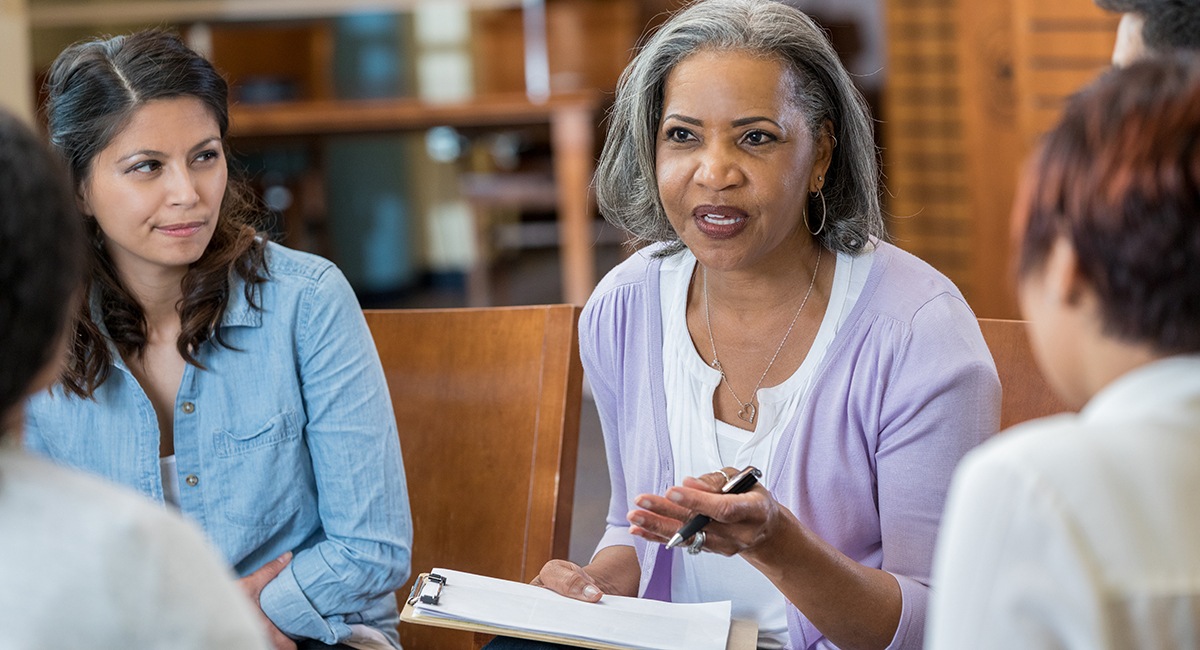March 16, 2020
How to Bring Modern Classrooms to Life with Blueprint to Design™
Before working with CDW to design new learning environments, educators should ask themselves some key questions.

This wasn’t just an offhand comment puffing up a building project. Churchill was making a real point about how the cramped space of the chamber contributed to the character of the legislative body, facilitating a “conversational style” and a “sense of crowd and urgency.” Depending on how it was rebuilt, Churchill believed, the space would have a real impact on the functioning and decision-making of the government going forward.
I always keep this quote in mind when working with school districts on modern learning environments that bring together devices, audiovisual tools and flexible furniture to foster collaboration and student-centered learning. Through our Blueprint to Design™ program, CDW helps schools with each step of a modern technology implementation, and I’m on many consultation calls with educators. They bring great passion and ideas to these conversations, but it occurred to me that the process would be even more effective if educators asked themselves a few key questions first.
Learn how CDW•G can help implement a modern learning environment in your school.
1. What Will Teaching and Learning Look Like in the New Space?
This is the big one. Sometimes, teachers and administrators expect us to kick off the Blueprint to Design™ process by walking them through a catalog of flexible furniture options. But really, furniture is one of the last things we discuss.
First, we need to get an idea of how the space will be used. Are we talking about a STEM lab with extensive use of robotics? Or an English classroom where teachers will encourage collaborative work and extensive sharing? Or a media center where kids can come to work on special projects? Each of these spaces will require vastly different designs.
2. What Is the Team’s Vision for the Space?
We encourage school teams to include teachers, librarians, administrators and even students in the Blueprint to Design™ process. However, school schedules often allow for only one or two people to be on a consultation call. It’s important for teams to discuss their shared vision for the new classroom space or common area beforehand.
Part of this is related to the pedagogical concerns I already mentioned, but teams should also have conversations about how they want the space to feel. Should it be bright and cheery, for instance, or more neutral? This sort of input helps our designers to hit a team’s target.
3. How Are Students Currently Using Technology?
Many schools that come to us have already deployed one-to-one student devices. Technology — and, by extension, the furniture — should support the pedagogy. Wireless casting solutions untether a teacher and allow for more collaboration. By getting a sense of how devices are currently being used in a school, we can help educators design spaces that push teaching and learning forward.
4. What Is Our Budget?
Given an idea of what a school or district has to work with early on, our team can come up with creative plans to work within those financial constraints. For example, we might break up a project into multiple phases or provide leasing options. We might also create 3D renderings to help share a vision of a modern classroom with local school boards or voters, which allows them to see the value.
5. What Spaces in the School Aren’t Currently Being Used Effectively?
I worked with one school librarian who described her building’s media center as a “cemetery for old and dead technology.” This was where clunky overhead projectors and VCRs went to live out their remaining days, largely ignored by both students and teachers. Educators should ask themselves if there’s a similar space in their own schools — an aging classroom, an abandoned computer lab or an overlooked common area — that doesn’t feel as though it belongs in the 21st century. By identifying these underutilized spaces, educators can close in on opportunities for true transformation.

